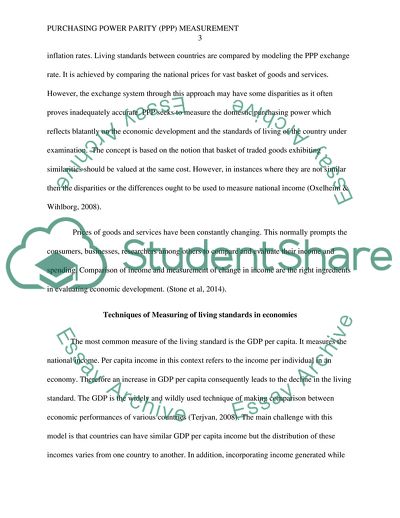Cite this document
(Purchasing Power Parity Measurement Coursework Example | Topics and Well Written Essays - 1500 words - 45, n.d.)
Purchasing Power Parity Measurement Coursework Example | Topics and Well Written Essays - 1500 words - 45. https://studentshare.org/macro-microeconomics/1861435-economics
Purchasing Power Parity Measurement Coursework Example | Topics and Well Written Essays - 1500 words - 45. https://studentshare.org/macro-microeconomics/1861435-economics
(Purchasing Power Parity Measurement Coursework Example | Topics and Well Written Essays - 1500 Words - 45)
Purchasing Power Parity Measurement Coursework Example | Topics and Well Written Essays - 1500 Words - 45. https://studentshare.org/macro-microeconomics/1861435-economics.
Purchasing Power Parity Measurement Coursework Example | Topics and Well Written Essays - 1500 Words - 45. https://studentshare.org/macro-microeconomics/1861435-economics.
“Purchasing Power Parity Measurement Coursework Example | Topics and Well Written Essays - 1500 Words - 45”. https://studentshare.org/macro-microeconomics/1861435-economics.


